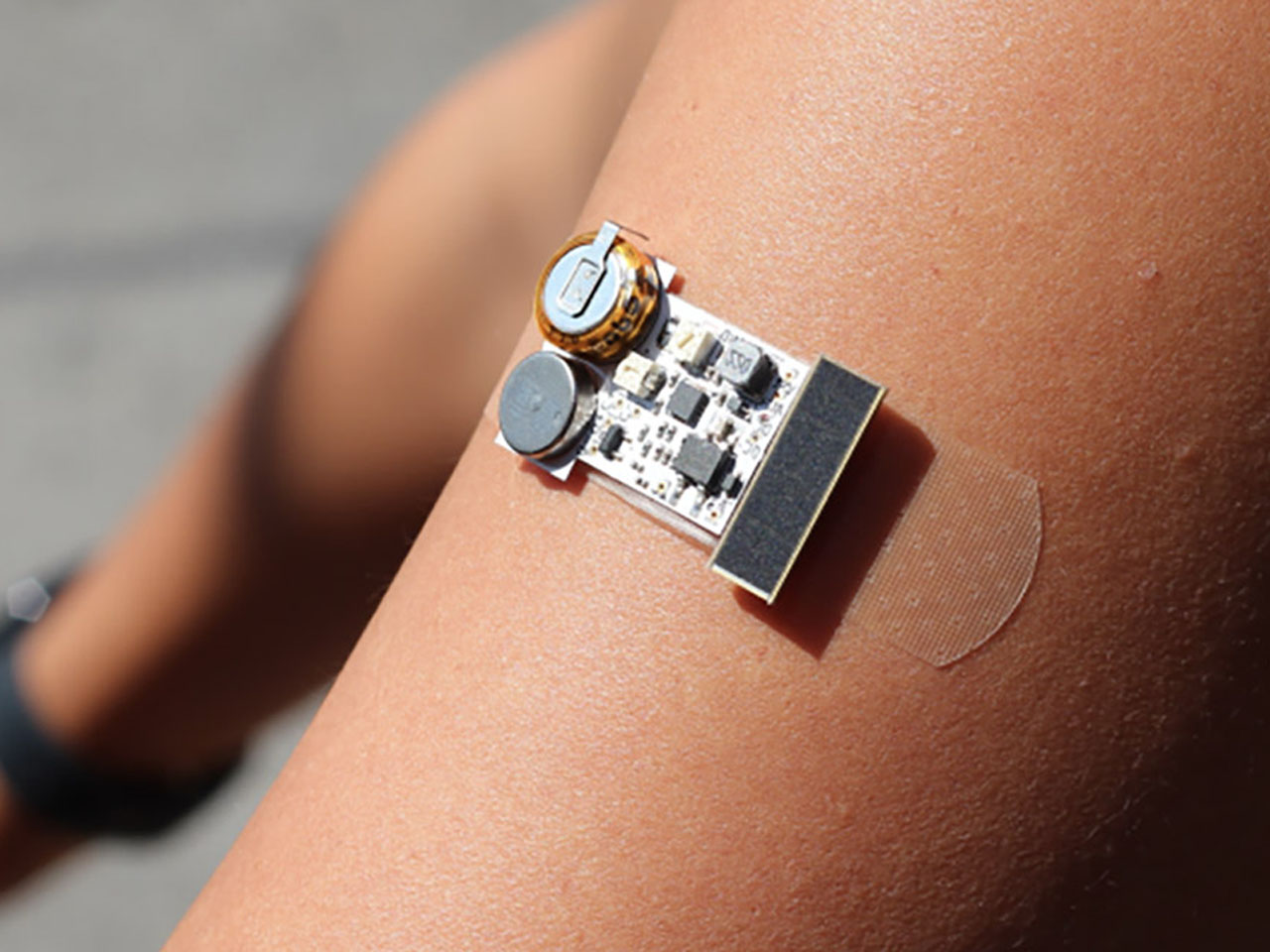
"Imagine stepping outside on a sunny afternoon and having your skin itself remind you when it's time to find shade. That's the simple yet futuristic vision behind a new wearable developed by researchers from Carnegie Mellon University and the University of California. Called Hapt-Aids, this thin, bandage-like patch uses sunlight not only as its power source but also as the very thing it measures, quietly tracking how long you've been under the sun and gently alerting you when it's time to step back indoors."
"The patch works through a flexible solar cell embedded in a soft, skin-safe adhesive layer. When sunlight hits the surface, the solar cell produces a small current that reflects the intensity of the light. By accumulating this energy, the system estimates total exposure time. Once a set limit is reached, the patch activates a haptic response, delivering a subtle vibration as a physical cue for the user. This interaction doesn't require a display or smartphone connection, making the experience seamless and intuitive."
"Hapt-Aids is entirely self-powered, relying solely on harvested solar energy. This energy not only fuels its function but also serves as the key sensing element, allowing the device to monitor exposure without external power or recharging. Researchers describe it as a minimal, sustainable alternative to conventional wearables that often depend on batteries or wireless connections. The concept extends previous projects like ElectroDermis, an electronic bandage platform that explored soft, stretchable circuits for on-skin sensing and interaction."
Hapt-Aids is a thin, bandage-like wearable that harvests sunlight through a flexible solar cell embedded in a skin-safe adhesive to measure cumulative sun exposure. The solar cell generates a current proportional to light intensity and accumulates energy to estimate total exposure time. When a preset exposure limit is reached, the patch triggers a subtle haptic vibration to prompt the wearer to seek shade. The device operates entirely from harvested solar energy and requires no batteries, displays, or smartphone connections. The approach offers a minimal, sustainable alternative to battery-powered wearables and builds on prior electronic bandage platforms like ElectroDermis.
Read at Yanko Design - Modern Industrial Design News
Unable to calculate read time
Collection
[
|
...
]